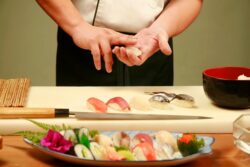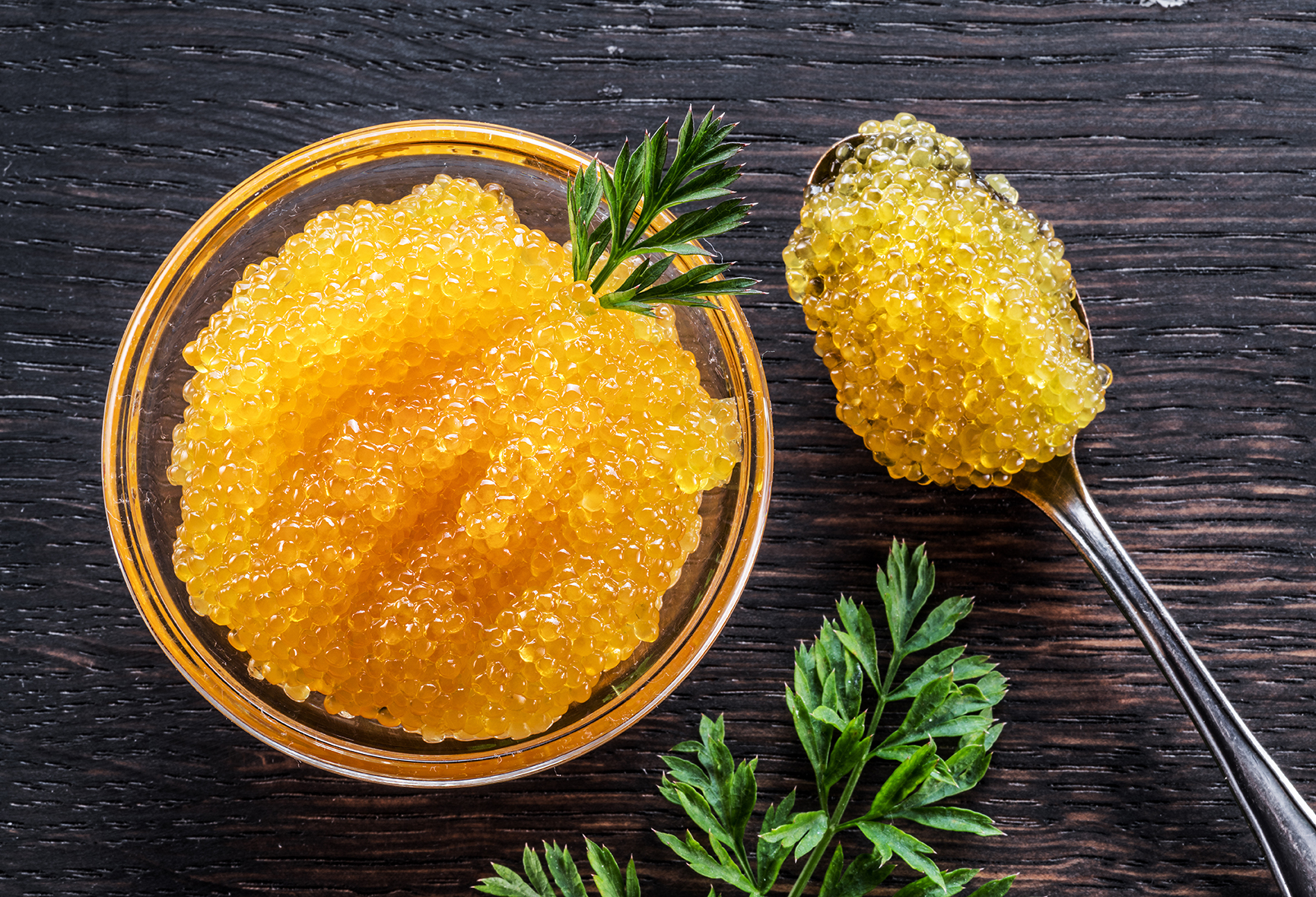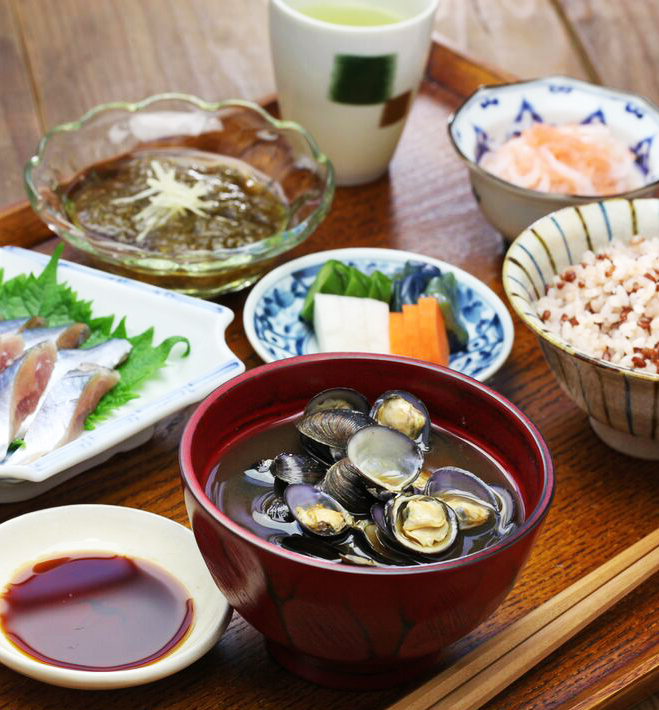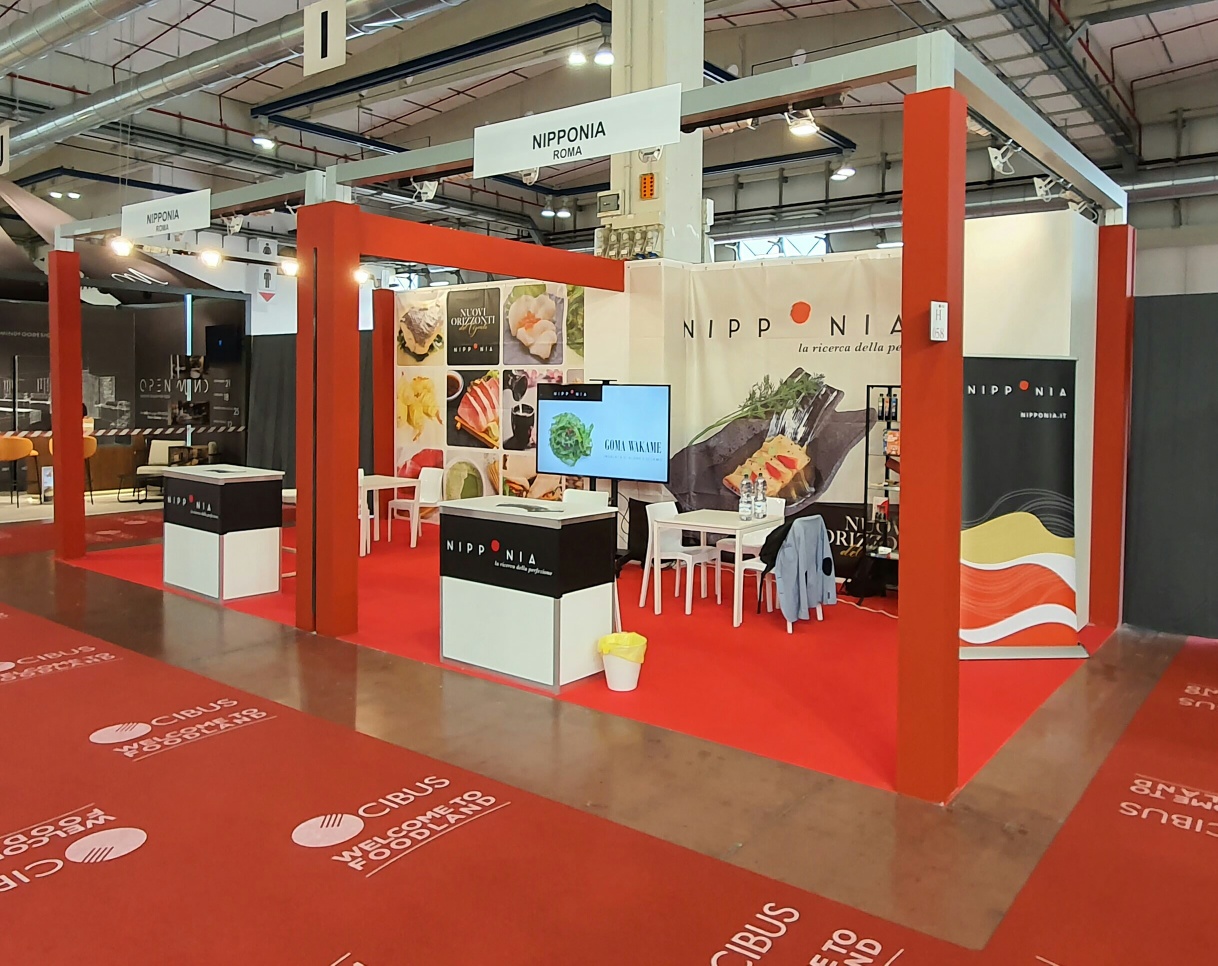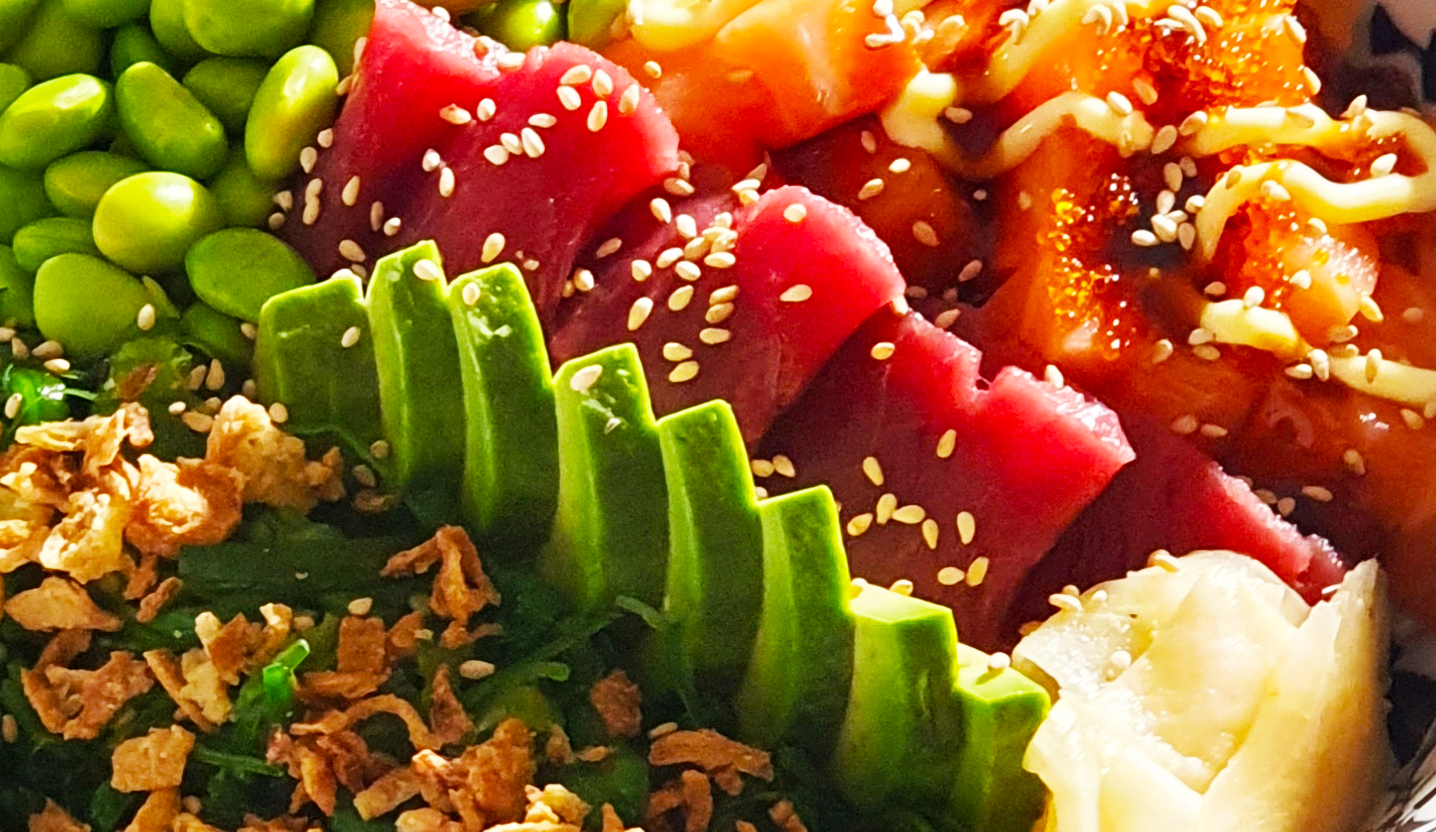Traditional Japanese cuisine is based on fresh, seasonal ingredients and the chef’s skill in knowing how to best process and combine ingredients. But to be able to prepare perfect dishes, from the point of view of quality and flavor, the Japanese use innovative and technological cooking utensils, which are used all over the world for their quality and practicality.
Japanese tool innovation
Japanese cooking utensils are designed to help and facilitate the chef in the preparation of food (fish, rice, vegetables). The Japanese people have invented so many objects, from knives (waboucho) to the griddle spatula (teppan), which are seemingly simple but are actually the result of extensive research. According to their function, each tool is technologically developed so as not to alter or spoil the raw material and thus ensure perfection in the final success of the dish. For example, the kitchen cutting board is a source of bacterial contamination because, after various uses, sanitization is almost impossible-because of scratches on the surface that do not allow for proper cleaning.
Thus, an innovative cutting board was invented, which is cleaned with a special abrasive brush and ensures maximum hygiene when resting raw fish, during sushi preparation-such as the
Hasegawa professional large cutting board, with wooden core.
Which ones are used for sushi
So many items are used in the preparation of Japanese dishes, but below we list just a few of the essentials for sushi preparation.
1 – Japanese knives (waboucho)
Japanese knives (waboucho) are made with a blade that can cut beautifully, without damaging the ingredients. All traditional Japanese knives are straight, strong and very sharp . The most common ones are called: nakiri-boucho, which is for cutting vegetables; deba-boucho for cleaning and preparing fish; and sashimi-boucho for slicing fish.
2 – The scaler and the non-slip mat
The scale remover is used to remove the fish scales, but the Japanese invented one that not only removes them, but also retains them, so as not to soil the kitchen during preparation. The scaler is a professional tool –
check it out here
– made of quality materials, has a wooden handle and brass brush. The non-slip kitchen mat, on the other hand, serves as a base for precisely filleting fish or you can place it under the cutting board to make it more stable.
3 – The cutting board
The choice of cutting board often falls on wooden products because they are more durable than plastic cutting boards.
It is important to choose it considering where we are going to place it i.e. our work space (20 x 40 cm is generally a medium size). If you do not keep it clean and dry, high bacterial growth will develop on the wooden cutting board, which is why Hasegawa has created a
cutting board made of soft plastic material
, which is also easily sanitized in the dishwasher, to be placed on the wooden cutting board.
For the same reason, Hasegawa also produces
cutting boards with a sterilized wooden core
and covered, however, with layers of food-grade, non-slip plastic material. Thus, the cutting board will have a stiffness equal to that of the wooden cutting board, but the soft plastic surface will ensure greater cleanliness by being easier to clean, plus it will not ruin the knives. Finally, the non-slip surface will keep the ingredients firm while cutting.
4 – The cutting board pedestal
The cutting board pedestal
Hasegawa with wooden core, is a professional tool that improves the ergonomics and posture of ho.re.ca. operators. , lifting the cutting board off the work surface. The elevated position of the cutting board allows better efficiency for more delicate cuts.
It is also a tool that avoiding contact with the kitchen table raises the level of hygiene in the kitchen itself.
5 – The gloves made of non-stick material.
The Japanese have come up with gloves, designed especially for sushimen, such as the
My Just Glove Nonstick Gloves.
.These allow you to manipulate sushi rice without the need to continually wet your hands. Sushi rice, in fact, has a sticky consistency, so gloves make it easy to touch, also speeding up preparation time
